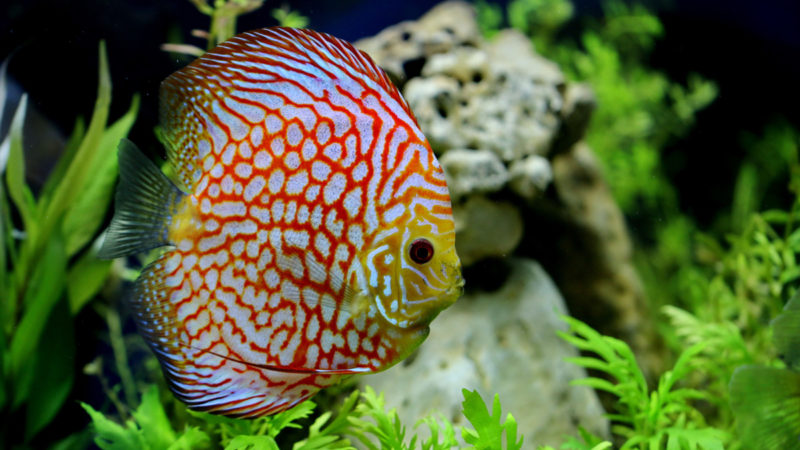
The stress of this transport resulted in a high mortality rate for the discus fish that attempted the journey from South America to Europe. Often, fish were shipped in large containers where they were kept for long periods of time, sometimes for upwards of several weeks at a time. The shipping process for discus fish, at the time, was very traumatic for the fish. Many years later, in 1921, the first premium discus fish was imported to Europe by German importer Eimeke, where the fish only survived for a very short amount of time. It was on this expedition that Heckel assigned the fish with the scientific name Symphysodon discus, which translates to “disc-shaped with teeth in the center of the lower jaw.” In 1840, Johann Jakob Heckel, an Austrian zoologist led an expedition into the Amazon in search of the discus fish. As word got out of this newly discovered species, more and more scientists became interested in the biologically rich areas surrounding the Amazon River, and ultimately, the discus fish. Nattereri not only documented the discus fish, but also countless other fish, mammals, and bird species that were found in the previously uncharted areas of the Amazon. The discus fish was first identified by a man by the name of Johann Nattereri, a scientist who collected them between the years of 18. For example, newly spawned angelfish fry must be kept separate from their parents, however newly spawned discus fish rely heavily on their parents for a food supply in early life. This proved to be untrue, however, as the discus fish is a much more fragile species than the angelfish, which is relatively easy to maintain for even the beginner aquarist. With the discus fish belonging to the same biological family as the angelfish, many aquarists previously assumed that the care and maintenance required for the two would be the same. Growing to a maximum adult size of between eight and ten inches, the discus fish has the most laterally compressed body of the cichlidae family. Compared to other members of the cichlidae family, the discus fish is much more peaceful than its aggressive relatives. Other members of the cichlidae family include freshwater angelfish and cichlids. The discus fish is a member of the cichlidae family, the largest group of freshwater fishes. The Amazon River drains nearly half of the South American continent, so this fish is most at home in the murky, muddy waters that constantly surge through these environments. It is these types of environments that the discus fish calls home, specifically around submerged tree roots and branches close to shore where its laterally compressed body can easily maneuver around obstacles to seek shelter from predators. The Amazon River is considered to be one of the most biologically diverse places in the world, and contains ecological niches that include small tributary rivers, streams, lakes, and flood plains. The discus fish originates in South America, specifically the Amazon River and its tributaries, where this fish is found in the wild.

The story of how this fish came to receive the coveted status that it holds today is one that spans many years and many different continents. With its many different strains, colors, and patterns, the discus fish is especially appealing for those looking to add a sense of regal pizzazz to their tank.

The discus fish, known as the “king of the aquarium” and commonly referred to as a “pompadour fish” by many enthusiasts, is one of the most sought-after fish species by freshwater aquarists worldwide.


 0 kommentar(er)
0 kommentar(er)
